How display a NSVisualEffectView with with rounded corners in OS X?
My code to add my NSVisualEffectView:
let visualEffectView = NSVisualEffectView(frame: NSMakeRect(0, 0, 300, 300))
visualEffectView.material = NSVisualEffectMaterial.Dark
visualEffectView.blendingMode = NSVisualEffectBlendingMode.BehindWindow
self.addSubview(visualEffectView)

